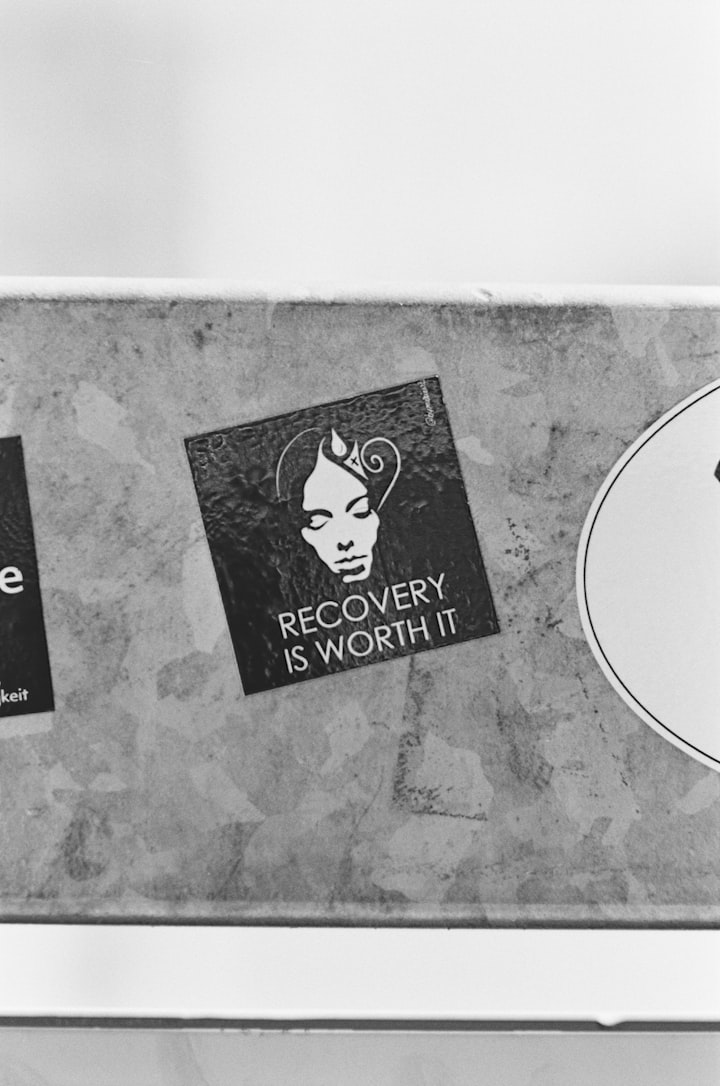A Modest Proposal, the True Dangers of Narcotics
An essay I wrote after losing my mother to her drug addiction.

As a child, I watched my mother weasel her way into countless doctor offices and con them into writing her prescriptions for highly addictive painkillers and narcotics, such as Xanax, OxyContin, and Hydrocodone. She convinced them she was in unbearable physical pain, which was not entirely false. Yes, she was in pain, but that pain was not somatic, but mental. Years of emotional distress and misfortune led her down a path of addiction that tore her from her family and ultimately contributed to her death.
Painkillers work by blocking the pain receptors in the brain by preventing signals from the central nervous system; other times, however, they cause the brain to produce an overload of certain chemicals, such as the feel-good chemical, dopamine. Overloading chemicals over long periods of time can result in the brain being unable to produce these chemicals altogether. This results in the addict having to consume more and more of the drug until it is no longer effective. Once this stage is reached, there is little that can be done. Even if the addict wanted to stop, he or she could not, because the brain could no longer produce those chemicals naturally. Leaving the addict completely relying on the drug to simply feel normal and function throughout day-to-day life. So with all this information circulating, why is it so easy for people to get access to these highly addictive, often time fatal drugs?
Xanax has become one of the most abused prescription drugs in America. According to The American Psychiatric Association (APA), every year doctors write more than fifty million prescriptions for Xanax. It was originally created to relieve anxiety and control panic attacks; however, it has also been used to cure nausea and on rare occasions, it is used to reduce pain. As was the instance with my mother. When taking Xanax, a person can experience a euphoric like state; which may contribute to why it’s so addictive. It works by binding with the gamma-aminobutyric acid (GABA) receptor in the nervous system and suppressing the stress center of the brain. By doing this, the body and mind become more relaxed and panic and stress cannot affect those taking the drug.
Before the sunshine act of the affordable care plan was put in place, patients were unable to see just how closely doctors worked with pharmaceutical companies when promoting new drugs. Doctors could take money for promoting and prescribing drugs for big pharmaceutical companies without any standards or laws in place. Amanda Cochran from CBS News reports “Some doctors make tens of thousands or even hundreds of thousands of dollars a year beyond their normal practice just for working with the industry.” This act was put in place to bring transparency to the financial relationships physicians and teaching hospitals have with pharmaceutical companies. It requires all specialists and general practitioners to record and report any transactions between them and the drug companies; such as travel, meals, educational items, and honoraria.
This played a part of the roll in my mother’s death. She was able to access the drugs so easily from doctors who were more than willing to write her a prescription, because while she was feeding her addiction, they were lining their pockets. Mary Arguelles says in her essay, "Money for Mortality," “As a society, we seem to be losing a grip on our internal control — the ethical thermostat that guides our actions and feelings toward ourselves, others and the world around us — instead we rely on external stuff.” That is exactly what these doctors have done. They pocketed a little extra cash without giving moments thought of how their decisions can affect the lives of their patients and their families in the long run.
Another major influence that contributed to her addiction was depression. Over time, the pain grew and her only release was the artificial happiness these drugs gave her. Scientists have been able to link depression and substance abuse together and there is strong documented evidence that they play into one other. This is why it is important to address the underlying problem of the addiction. I believe many “get clean fast” facilities do not work, because they do not look at the bigger picture. In my opinion, talking therapy is needed far more than detox. Learning why one feels the way they do and understanding how to handle those emotions do play a role in the chances of an addict relapsing. I personally think this is why my mother did not succeed in her recovery. She never fully addressed the issues that caused her to need these drugs. Maybe these traumas were too great for her to share or overcome. I cannot be certain. What I do know is, no matter the severity of her addiction, she still loved and cared for myself and her family. It has taken me two long years to see that.
We should not treat addiction like it is just a decision a person makes. It should be treated as a mental illness, because that is what it is. The mind is sick and a conscious decision to get clean is not the only step to recovery an addict has to make. It is only part of the process. The addict must address any traumas related to the drug use and learn how to cope with those emotions before detox can be successful.
Works Cited
Cochran, Amanda. “Does your doctor have ties to big pharma? How you’ll be able to find out.” CBSNEWS, 4, March, 2014. Web. 5, October, 2015.
“Xanax: Dangers and Risks with Misuse” Promises. 4, April, 2012. Web. 5, October 2015.
Arguelles, Mary. “Money for Morality.” Writing on the River, Connie Kuhl. Boston IL: McGrawHill Learning Solutions, 2012. 50-52. Print






Comments
There are no comments for this story
Be the first to respond and start the conversation.